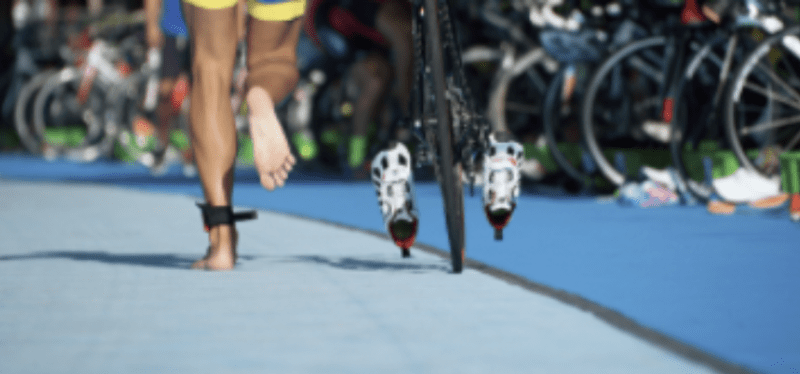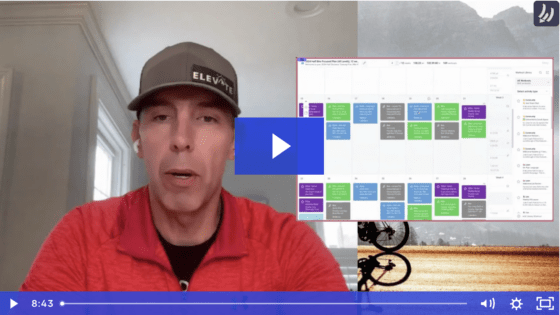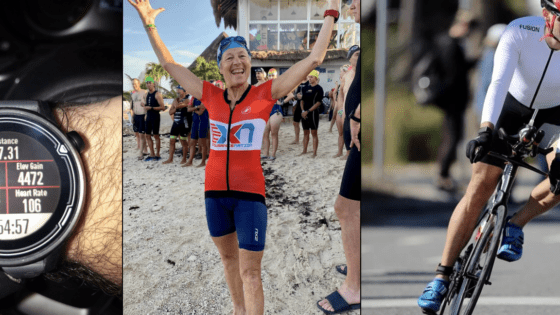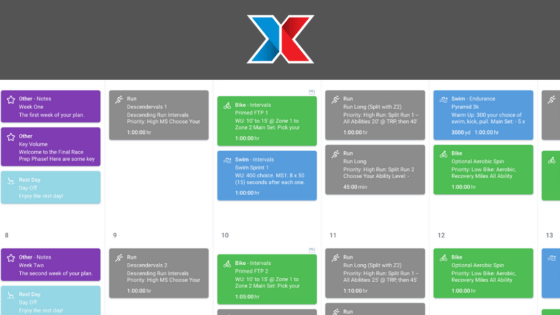
It’s no secret that Ironman® racing (the 140.6 mile version) has become crazy popular, with races selling out a year in advance, often in only minutes. As a result, Ironman-focused conversations dominate the triathlon space. Yet probably 90% of these Ironman® triathletes race one, two, three or more half Ironman® events enroute to their full Ironman® distance event.
Our combined 20 years of coaching and racing experience has shown that the 70.3® distance is a different race entirely from the Ironman. If you want to be successful at the half iron distance you’ll need to bring more to the table than your Ironman® fitness and some good luck.
- Are you an Ironman® athlete racing a half or two in route to your A-race of the season?
- Are you a half Ironman® athlete looking to maximize your race day potential?
- Are you stepping up to the Half Ironman® distance after having focused on sprint and Olympic distance triathlon?
Below are the five most common mistakes made by Half Ironman® athletes:
Mistake #1: Getting Overwhelmed by Endurance Training Lingo.
The Half Iron distance isn’t a walk in the park by any means, but it certainly doesn’t require that you buy a Thesaurus for your training plan. Aerobic, anaerobic, lactate threshold, aerobic threshold, ventilatory threshold…the list goes on. Your training only has be as complicated as you make it…and we suggest you keep it simple. Your fitness is nothing more than the ability of your body to perform work: to swim at pace X, pedal a bike at speed Y, or run at pace Z. Focus on the WORK, do progressively more of it, and the fitness will follow.
Mistake #2: Making Training Overly Complicated.
Swim. Bike. Run. Eat. Sleep. At least that’s what the t-shirts say. So why do so many triathletes spend their time concocting unique brick (bike + run) workouts; trying out the latest gadgets (fist gloves anyone?), and swamping their lives with countless hours of training? Your guess is as good as ours.
It doesn’t have to be that complicated. Create a training week where Monday works with Tuesday works with Wednesday, etc. A week that fits within your personal / professional / social framework, a schedule that you can execute easily week after week. Then manage the details of each individual workout, letting training volume take care of itself.
Mistake #3: Using a Half Ironman® as an Ironman® Prerequisite or Race Rehearsal.
We’re behind the finish lines of every US Ironman, every year, catching our athletes. We have yet to see a WTC official checking to see that IM finishers have had their tickets punched at the HIM distance. The fact is you do NOT need to complete an HIM before your Ironman, and an HIM is very poor race rehearsal for a full Ironman® race.
Learn more about scheduling a half Ironman® within an Ironman® season
Mistake #4: Bringing an Ironman® nutrition plan to a Half Ironman.
The Half Iron distance is just long enough that you need a nutrition plan, but short enough that using the traditional Ironman® fueling strategy can be a recipe for disaster. After all, the race plays out differently: your swim is only half as long, you bike with significantly more intensity, and your run is entirely different. They don’t hand out medals for calories consumed per hour…we know from experience!
Mistake #5: Pushing Your Physical Limits Before the Run.
The 70.3® distance is a great event to test y0ur fitness, but execution still rules the day. Lining up a strategy that mimics a Sprint or Olympic-level effort will leave you far short of T2 with the prospect of a cramp-filled, sufferfest of a run. Learning how to pace the swim and bike will prepare you to run closer to your true potential and dramatically improve your finishing position.




Roger Girard
Thanks. Info is on the mark. I’ve been doing tris for 22 years, 11 IM, and many half. You’re right on all accounts. rg